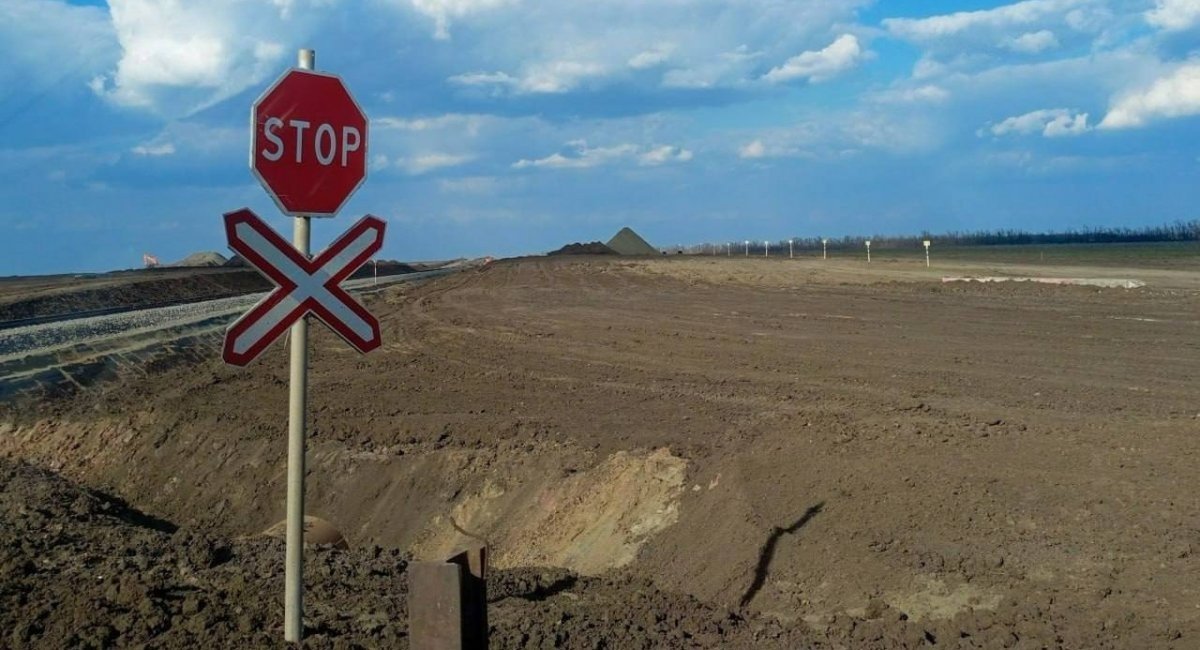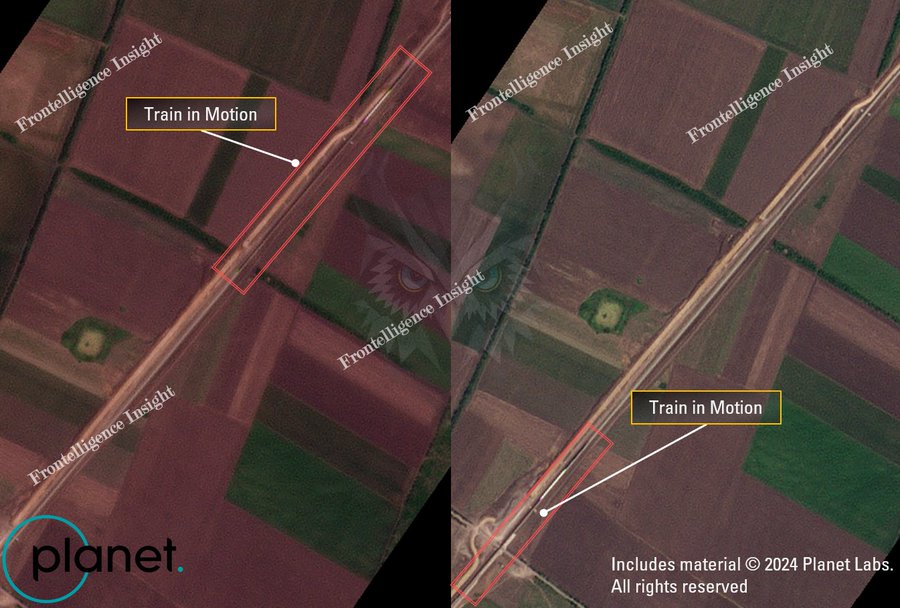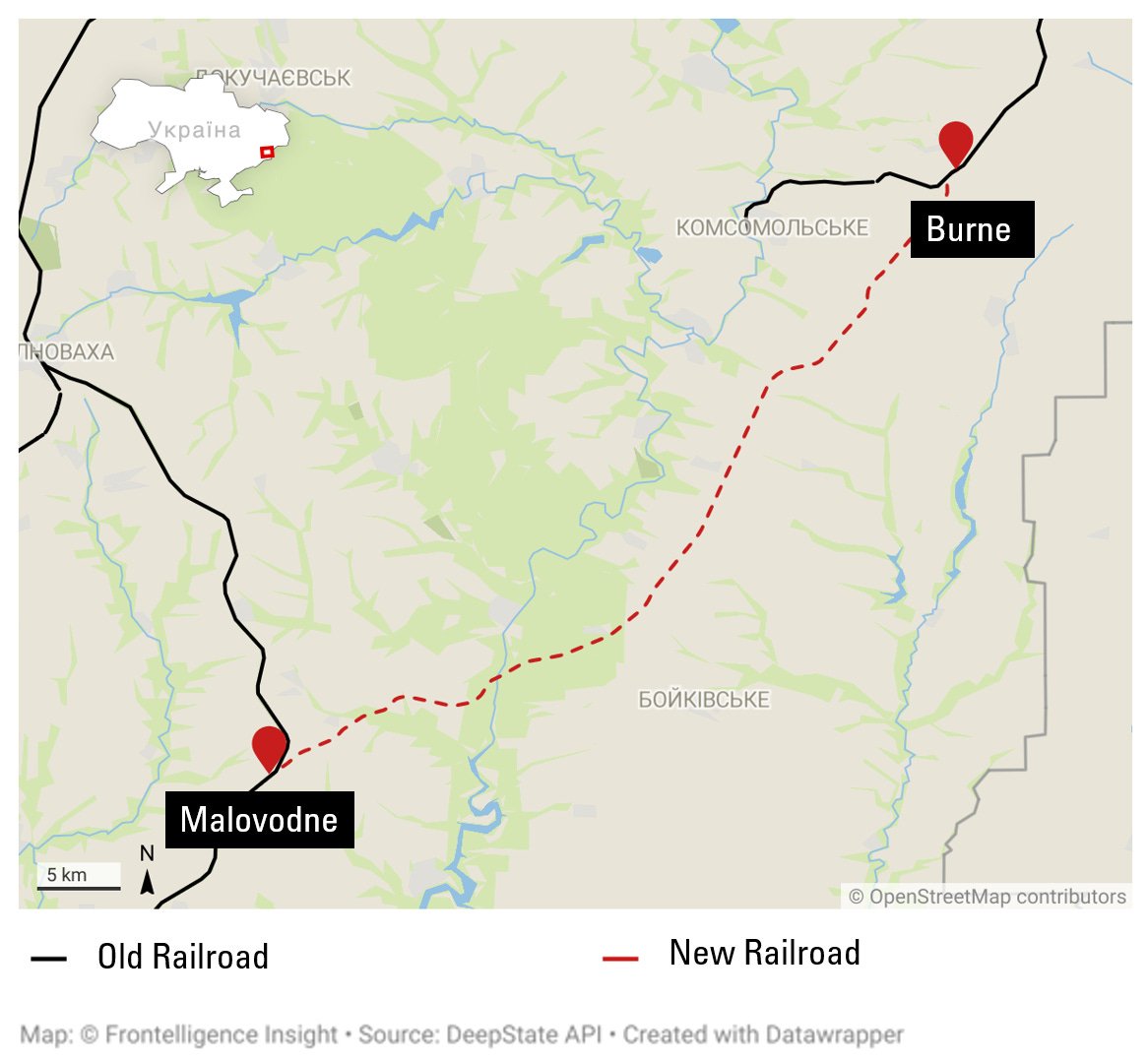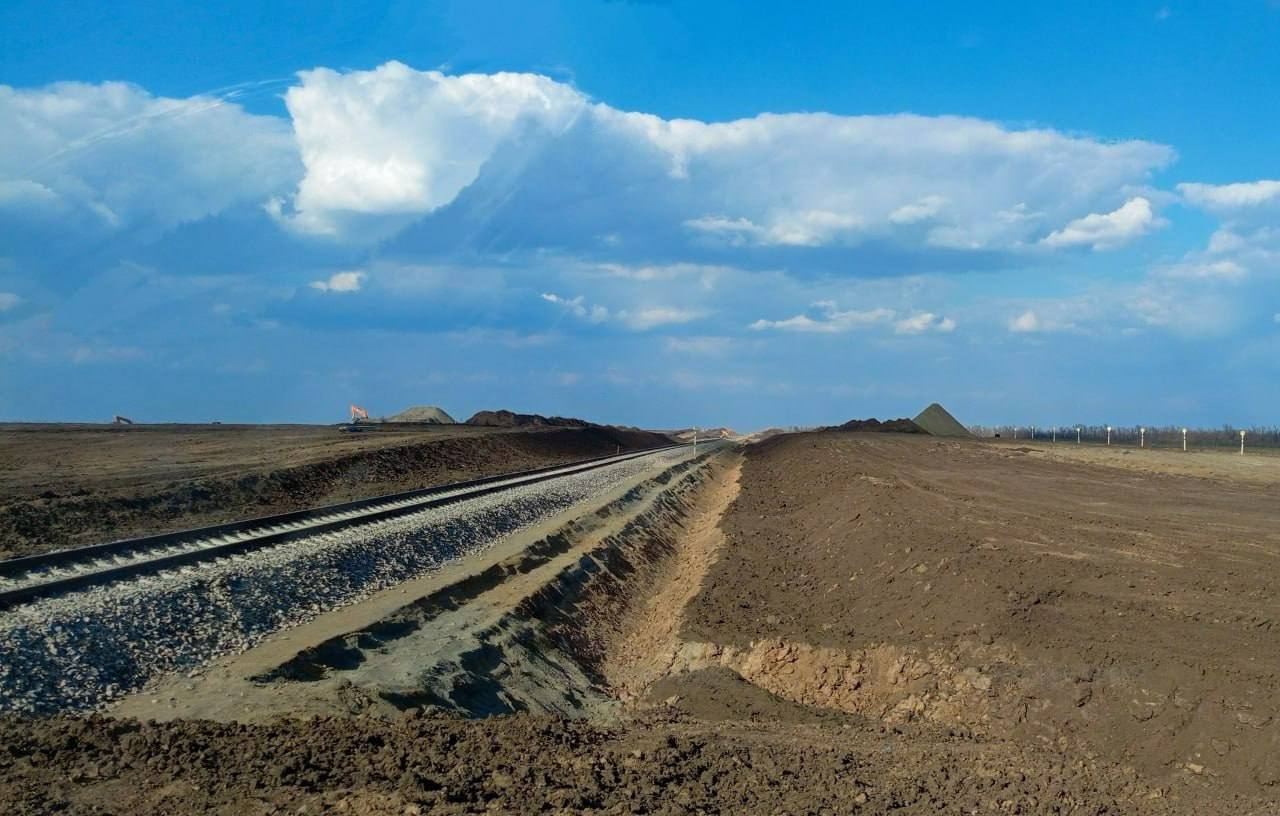
Occupants are building a railroad to bypass the damaged Crimean Bridge (satellite images)
The available satellite images show that the Russian occupiers have completed the construction and are gradually putting into operation a newly built railway line between the settlements of Burne and Malovodne in the temporarily occupied part of Donetsk region. This branch is up to 80 kilometers long, and its launch allows the racists to establish a railway connection between Taganrog and the temporarily occupied Mariupol, essentially bypassing the “Crimean Bridge” to provide logistics for the Russian army in southern Ukraine.
As the monitoring group Frontelligence Insight further clarifies in its publication, the Russians began construction of this railroad no later than June 2023. In addition, in April or early May of this year, the invaders “test-fired” a railroad between Volnovakha and the seaport of the temporarily occupied Mariupol.

The authors of the Frontelligence Insight group cite two satellite images that actually confirm the very fact of the launch of the railway connection between the so-called Mariupol and Taganrog.
Two important details emerge from these images: 1) this railroad line has only one track, meaning that its capacity is limited to 10 trains per day, 2) these satellite images directly show that this line can only pass trains with a limited weight, i.e. less than the standard values of 54 freight cars and 4 thousand tons, respectively.
The Frontelligence Insight group itself emphasizes that the trains “shown” on the satellite images could also have been launched “in test mode” and that the line between Mariupol and Taganrog will be fully operational in the summer of 2024. But here we can counter that the occupiers are unlikely to be able to use this railroad with a greater load than the one they are testing this highway with.

However, in this story, it is not only the capacity indicators that are important, but also the effect that the appearance of this railroad has on Russians. In fact, this highway allows the enemy to dispense with the Crimean Bridge for its military logistics and at the same time reduce the time it takes to deliver goods by rail to its front line.

At the same time, the Russian occupiers can conditionally “release” the so-called “Crimean bridge” to meet the immediate needs of their regime on the Crimean peninsula.

